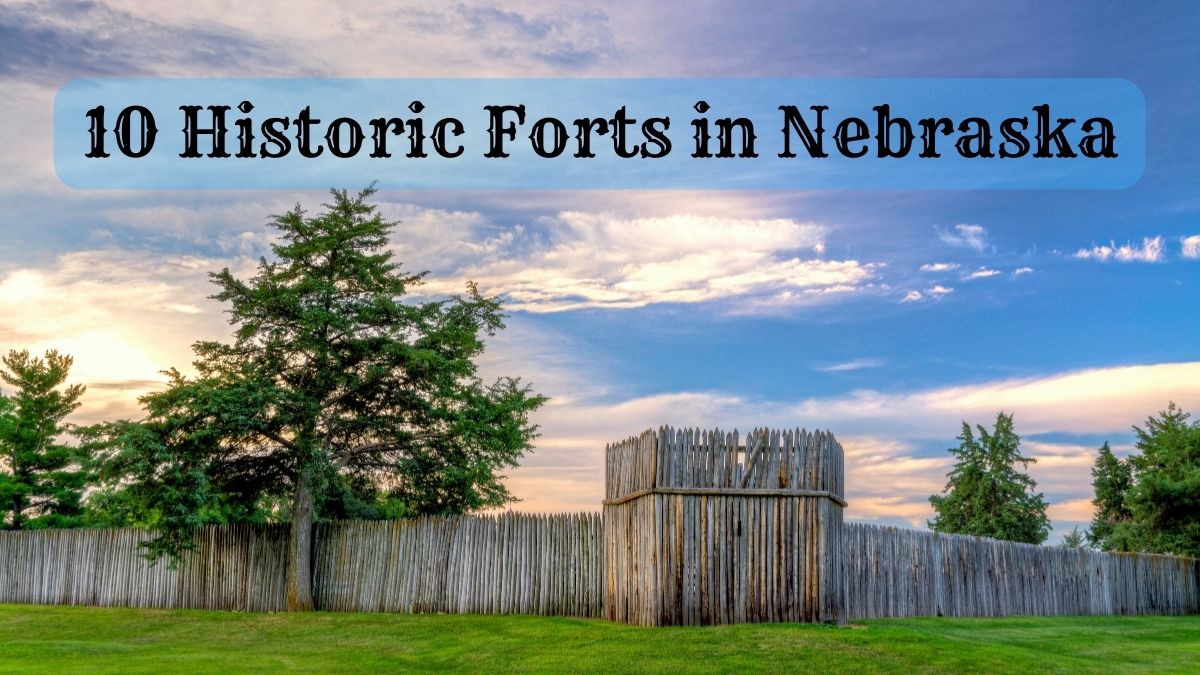Nebraska may not be the first state that comes to mind when you think of historic forts, but the state has a rich history of military outposts that played a crucial role in developing the American West.
From the early days of the Oregon Trail to the Indian Wars of the late 19th century, Nebraska’s forts were instrumental in protecting settlers, traders, and travelers from danger and providing a base for military operations.
In this article, historic forts in Nebraska, we’ll take a closer look at some of Nebraska’s most significant landmark forts and explore the stories and events that shaped them.
10 Historic Forts in Nebraska
| 1. Fort Atkinson | 6. Fort Kearny |
| 2. Fort Omaha | 7. Fort Niobrara |
| 3. Fort Hartsuff | 8. Fort Lisa |
| 4. Fort Robinson | 9. Fort Mitchell |
| 5. Fort Sidney | 10. Fort McPherson |
1. Fort Atkinson
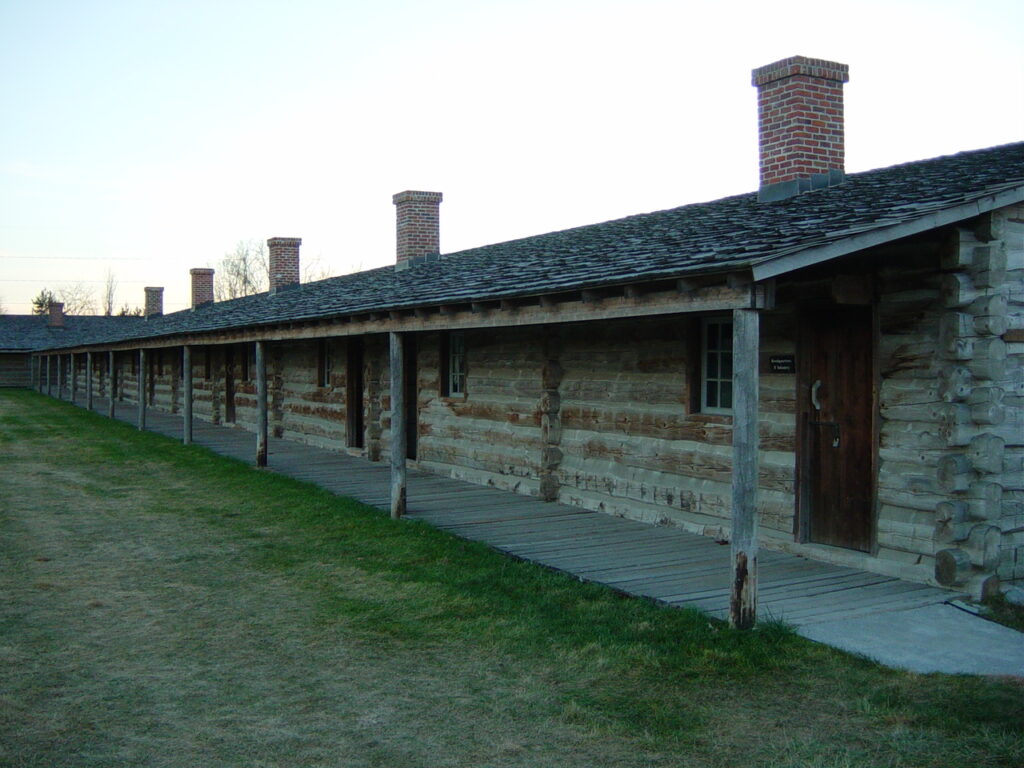
Fort Atkinson, located near the town of Fort Calhoun in Nebraska, is a significant historic site that played a crucial role in the early development of the Nebraska Territory.
Established in 1820, the fort was an important military post and trading center along the Missouri River. Situated on the historic sites of Cantonment Missouri and Cantonment McKean, the fort was named after its first commander, Brigadier General Henry Atkinson.
The U.S. Army established Fort Atkinson as a response to the growing western fur trade and the need for a more substantial military presence in the vast territory. Its location near the beautiful scenery of the Platte River and Grand Island made it an ideal spot for building a fortress.
Throughout its history, Fort Atkinson served as a hub for military forts in the region, such as Fort Kearny, Fort Niobrara, and Fort Robinson. The fort also had links to significant events like the Homestead Act and the waning years of the Indian Wars.
In the 1820s, the fort was essential for maintaining peaceful relations with the local Native American tribes, such as the Ponca, Omaha, and Sioux.
Fort Atkinson played a central role in negotiating peace treaties with various Indian tribes, including the 1825 Treaty of Prairie du Chien, and acted as the only governmental authority throughout the Nebraska Territory during this crucial period.
Significance and Contributions
Fort Atkinson holds a significant place in American history as it played a vital role in shaping the settlement of the Great Plains and the development of Nebraska. Designated a National Historic Landmark in 1963, Fort Atkinson State Historical Park preserves the original site and offers a rich history lesson to visitors of all ages.
The fort’s strategic location near the Missouri River made it an essential stop on the Oregon Trail for emigrants moving westward. Fort Atkinson’s presence in the area profoundly impacted the development of nearby cities like Omaha, which experienced rapid growth due to the fort’s influence.
The fort’s barracks, including the Omaha Barracks and Sherman Barracks, saw use during World War II by the Army Signal Corps and the Air Force.
Fort Atkinson and its neighboring military post, Fort Lisa, were crucial to the growth of the American Fur Company and the broadening of the nation’s trade with the Indian tribes.
The fort also acted as a supply depot for several smaller military forts throughout the Nebraska Territory, such as Fort Kearney and Fort Cottonwood. Fort Atkinson was crucial in constructing numerous national parks and historic sites in Nebraska and South Dakota, such as the Fort McPherson National Cemetery and the Spotted Tail Agency.
Fort Atkinson Today
Today, Fort Atkinson State Historical Park allows visitors to experience the rich history of the fort and its contributions to Nebraska and the United States.
The park features a visitor center, parade ground, and exteriors of brick buildings, offering insights into the fort’s history, its military operations, and the lives of the people who lived and worked within its walls.
2. Fort Omaha
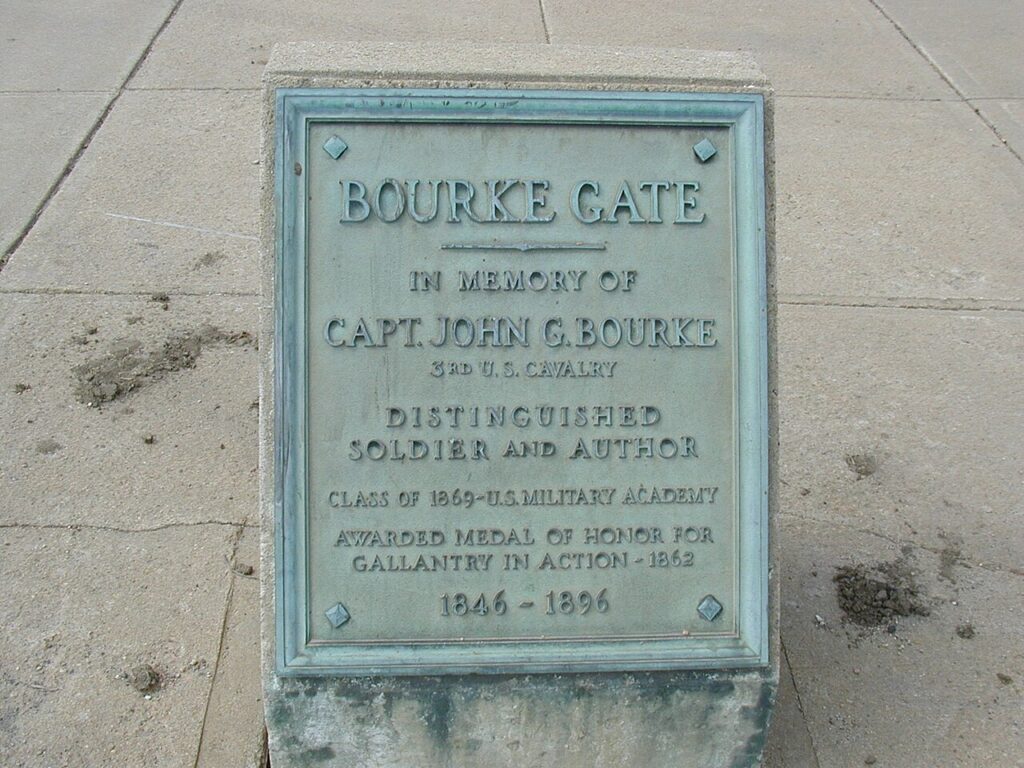
Fort Omaha, located in North Omaha, Nebraska, was established to provide protection and support for settlers of the Nebraska Territory. As the military post along the Missouri River, it contributed to the growing western fur trade. It encouraged peaceful relations with Indian tribes such as the Crazy Horse and Native Americans.
The U.S. Army, starting with the Omaha barracks, began operations at Fort Omaha during the waning years of the Indian wars. The fort’s proximity to important landmarks like the Oregon Trail, Fort Kearny, Fort Cottonwood, and the Platte River highlighted its strategic importance.
Throughout its history, Fort Omaha played a pivotal role in various historical events, from serving as a supply depot in the late 1800s to housing the Army Signal Corps during World War II.
Historic Landmark Status
Fort Omaha’s significance as a site of military and cultural importance led to its inclusion in the National Register of Historic Places. Many original structures from its time, such as the Sherman Barracks and the exteriors of brick buildings, remain in good condition, offering a history lesson for visitors.
The preserved fort now features a visitor center where people can learn more about the original site, historic forts in Nebraska, and the fort’s role in different periods.
The parade ground, which lay at the heart of the fort, maintains its original condition, offering a glimpse into the past. In addition to the leading site, the nearby Fort Atkinson State Historical Park and Fort McPherson National Cemetery offer more insight into the broader picture of U.S. military forts in Nebraska and surrounding states like South Dakota.
3. Fort Hartsuff

Fort Hartsuff, located in the beautiful scenery of Nebraska, was established in the waning years of the Indian Wars. The U.S. Army built the fort in response to tensions between settlers and native tribes along the Oregon Trail.
Its buildings were constructed predominantly of ponderosa pine and brick exteriors, giving it a distinct and unique appearance.
The fort was initially named Fort Cottonwood, and its exact location along the North Loop of the Platte River was chosen due to its strategic position near the edge of the Sandhills.
The construction began in 1874, and by the following year, they had completed the fort. The layout encompasses a parade ground, with key buildings such as the commanding officer’s quarters, barracks for the troops, and the supply depot.
Role in Indian Wars
Fort Hartsuff played a crucial role in maintaining peaceful relations with local Indian tribes, such as the Ponca, during the turbulent time of westward expansion in the United States of America.
The fort’s presence provided a sense of security to settlers passing through the vast territory of Nebraska along the Oregon Trail, from the Missouri River to points west.
At its peak, the fort served as the only governmental authority in the region and was strategically situated near historic sites like Fort Kearny, Fort Robinson, and Fort Niobrara.
The soldiers stationed at Fort Hartsuff were tasked with protecting settlers and aiding the local tribes in maintaining their rights and land, as established by the Homestead Act.
While conflicts like the Red Cloud’s War and the Great Sioux War transpired further north in the Dakotas, Fort Hartsuff did not experience any direct combat. Instead, it acted as a deterrent to hostilities and helped maintain stability between the settlers and native tribes in the area.
Fort Hartsuff Today
Today, Fort Hartsuff is preserved as a National Historic Landmark and is managed by the Nebraska Game and Parks Commission. Visitors can explore the original exteriors of brick buildings and enjoy a history lesson at the visitor center, where they can learn more about the fort’s significance in the context of the Indian Wars and Nebraska history.
4. Fort Robinson
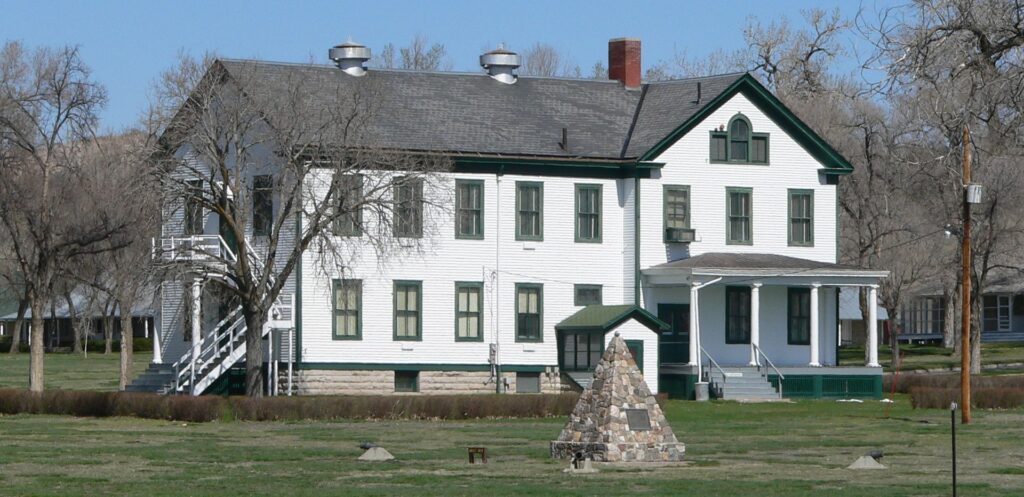
Established in 1874, Fort Robinson played a significant role in the waning years of the Indian Wars as a U.S. Army military post. Located near the White River and the edge of the Sandhills in Nebraska, its beautiful scenery and vast territory attracted visitors and soldiers alike.
The fort’s primary purpose was to house troops guarding the Red Cloud and Spotted Tail agencies, which managed peaceful relations with Native Americans.
The fort is near major historic routes like the Oregon Trail and key natural landmarks like the Missouri River. Besides its military operations, Fort Robinson served as a supply depot for other nearby forts like Fort Sidney and Fort Kearney, ensuring the efficient distribution of resources along the Platte River.
Red Cloud Agency
Named after the influential Oglala Lakota leader Red Cloud, the Red Cloud Agency was established 1873 near present-day Fort Robinson.
The agency was essential in maintaining peaceful relations between the U.S. Army and various Indian tribes such as the Sioux, Cheyenne, and Arapaho. With Fort Robinson as a nearby military presence, the agency negotiated treaties and provided resources for the tribes.
Tragically, the Fort played a central role in the death of Crazy Horse, the famed Native American leader, in 1877. He had come to the Red Cloud Agency to surrender but was fatally wounded during a scuffle with soldiers at the fort.
The Red Cloud Agency eventually moved to South Dakota, and Fort Robinson continued to serve as a military post. Throughout the years, the fort underwent expansions and experienced a variety of activities. In World War II, it served as a training ground for the Army Signal Corps and a camp for prisoners of war.
Fort Robinson State Park
Today, the Fort Robinson State Park offers a fascinating history lesson for visitors exploring this National Register of Historic Places site. With its original buildings, parade ground, and visitor center, the fort transports travelers back to a pivotal period in the United States’ history.
5. Fort Sidney
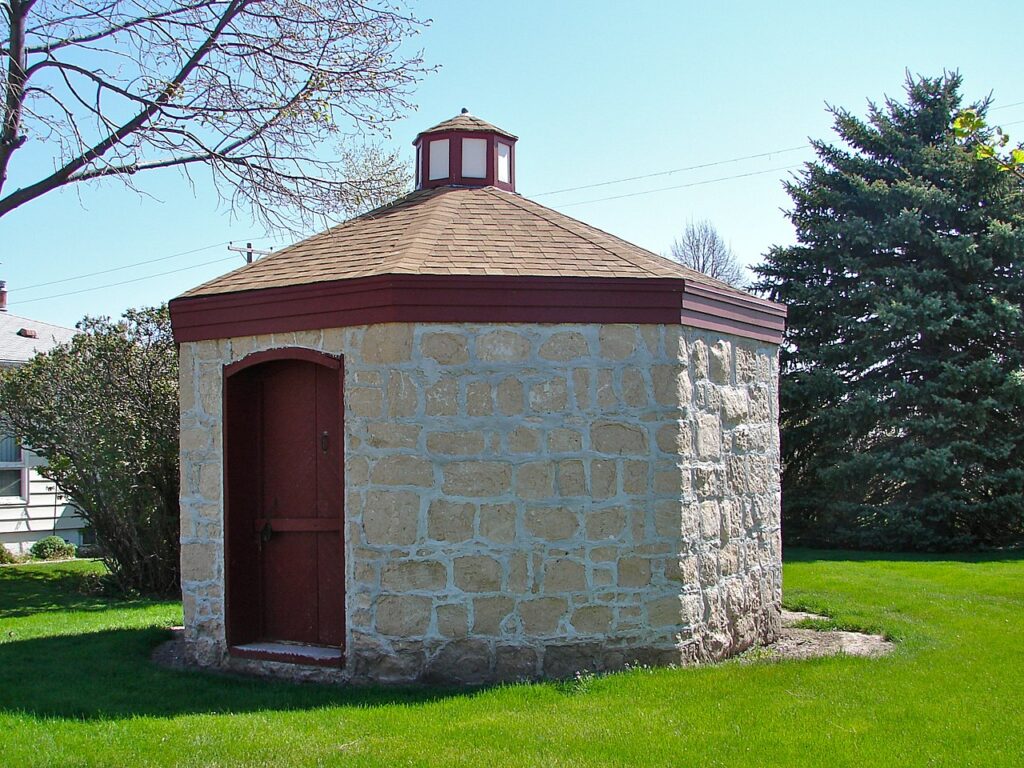
Fort Sidney was strategically located near the Oregon Trail and the Platte River in Nebraska, serving as a vital military fort during its operation. Its purpose was primarily to protect the growing western fur trade and secure peaceful relations with the Native American tribes in the vast territory.
The U.S. Army established Fort Sidney to respond to Indian raids and other threats during the waning years of the Indian Wars. Due to its proximity to the Missouri River, the fort was crucial in maintaining military presence and supporting forts such as Fort Omaha, Fort Kearny, and Fort Mitchell.
Life at the Fort
The daily life at the fort revolved around maintaining the military post and fostering relationships with nearby tribes, such as the Ponca, Red Cloud, and Spotted Tail Agency. Routine duties included training exercises, supply depot maintenance, and attending to the soldiers’ needs.
The fort’s original site featured several brick buildings, including a visitor center, barracks for enlisted soldiers and non-commissioned officers, and a parade ground for drills and ceremonies.
The fort had its fair share of hardships. Still, the soldiers there developed a sense of camaraderie and shared experiences that bonded them throughout their time at Fort Sidney.
The history of Fort Sidney is preserved, and the site is listed in the National Register of Historic Places, allowing future generations to learn and appreciate its importance in Nebraska’s storied past.
Life at the fort may have been challenging, but the strategic value of the site made it essential to the growth and development of the United States of America.
6. Fort Kearny
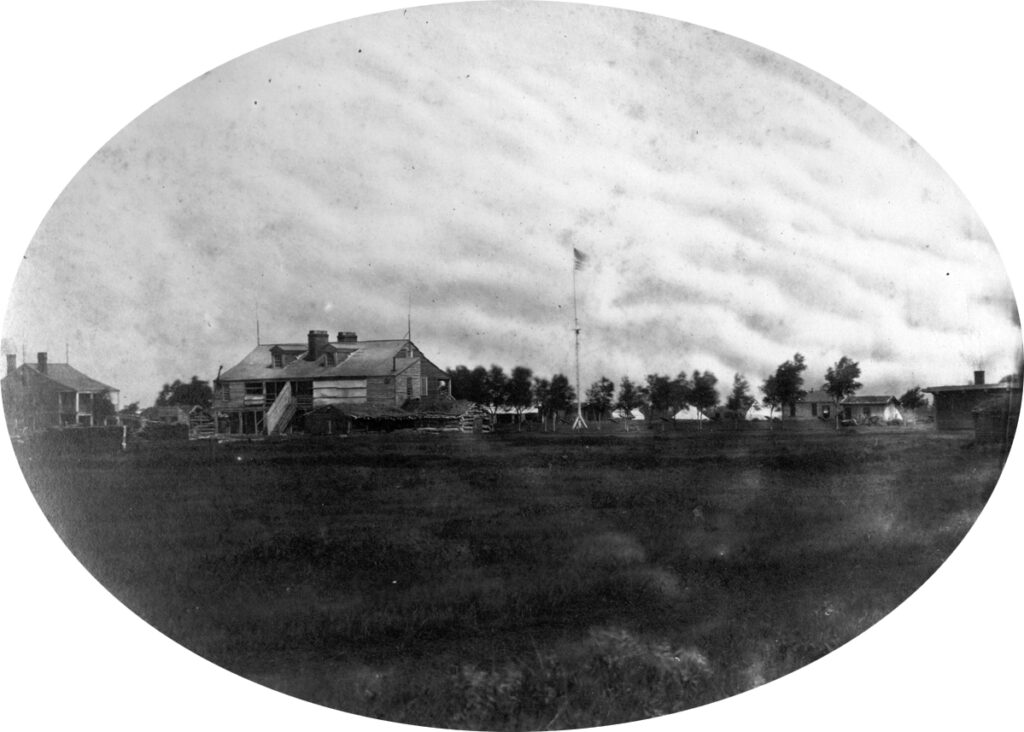
In the mid-19th century, as pioneers surged westward along the Oregon Trail, the United States recognized the need to provide them protection.
Situated near what is now known as Grand Island, Nebraska, this strategic location offered a beacon of hope for weary travelers. Fort Kearny was named in honor of General Stephen W. Kearny, a distinguished figure in the American military.
The Role of Fort Kearny
This fortification wasn’t merely a defensive structure but a sanctuary for the pioneers. Fort Kearny was synonymous with safety and replenishment. After enduring the challenges of the trail, pioneers could rest, resupply their necessities, and seek vital medical care if they fell ill or were injured.
Yet, its responsibilities weren’t limited to aiding the pioneers. The fort also served as a military base, organizing and launching operations against Native American tribes that were, understandably, resistant to the settlers encroaching upon their lands.
The narratives of those who traveled the Oregon Trail often echo with mentions of Fort Kearney. Journals and diaries from the era frequently reference the fort, painting it as a physical landmark and a significant milestone in their arduous journey.
Preserving Fort Kerney’s the Legacy
The tides of time have since shifted, and the original Fort Kearny no longer stands. However, its spirit and historical importance haven’t been forgotten. A replica has been erected near its original location, serving as both a museum and a testament to its pivotal role in America’s westward expansion.
Visitors to this site are transported back to a time of resilience, adventure, and profound transformation, with Fort Kearny standing firm as a symbol of safety and hope amidst the challenges of the unknown.
7. Fort Niobrara
As America expanded westward in the late 19th century, the need for military installations to protect settlers and maintain order became increasingly evident. In this context, Fort Niobrara was established in 1880.
Located near the Niobrara River in Nebraska, this fort was strategically positioned to oversee the interactions between settlers and local Native American tribes.
The Role of Fort Niobrara
Fort Niobrara wasn’t merely a protective barrier; it played an instrumental role in managing the complexities of the western frontier. The fort facilitated peaceful relations between settlers and Native Americans by serving as an intermediary, helping to resolve conflicts and misunderstandings.
Additionally, its presence provided security against potential external threats, ensuring the safety of travelers and settlers in the region.
In its time, Fort Niobrara was a hub of military activity, with troops stationed there participating in various campaigns and operations to maintain peace and order. While its primary focus was to aid in the westward expansion, it also witnessed the nuanced dynamics between the U.S. government, settlers, and the indigenous tribes.
Legacy and Preservation
The role of Fort Niobrara in the American westward expansion is significant, and its contributions to the region’s history cannot be understated. Though military operations at the fort ceased in the early 20th century, its legacy endures.
Today, the area that once housed Fort Niobrara has been transformed into the Fort Niobrara National Wildlife Refuge. While the original structures of the fort no longer stand, the refuge serves as a haven for various wildlife species, offering them protection and a natural habitat.
This transformation from a military fort to a conservation area captures the evolving relationship of America with its land and history.
Visitors to the refuge can witness the stunning landscapes and diverse fauna and immerse themselves in the rich tapestry of history associated with Fort Niobrara, understanding its vital role in shaping the narrative of the American West.
8. Fort Lisa
Amid the flourishing fur trade of the early 19th century, trading posts sprang up to capitalize on the burgeoning industry.
One such post was Fort Lisa, founded around 1809. Located on the Missouri River, north of present-day Omaha, Nebraska, this post was primarily associated with the famed fur trader Manuel Lisa. It served as a base for the Missouri Fur Company, which Manuel Lisa co-founded.
The Role of Fort Lisa
More than just a static trading point, Fort Lisa was a hive of activity in the fur trade industry. Trappers and traders would arrive with pelts, primarily beaver, to exchange for goods and supplies.
The fort was a vital commerce point between Native American tribes and European-American traders, fostering trade relations and alliances.
Manuel Lisa, leveraging the strategic position of Fort Lisa, focused on building relationships with the Omaha and other Native American tribes in the vicinity. This focus facilitated smoother trading operations and offered a degree of protection to the post from potential hostilities.
Fort Lisa’s Legacy
While immensely profitable in its heyday, the fur trade had a finite lifespan as beaver populations dwindled and fashion trends shifted. By the 1820s, the importance of Fort Lisa began to wane, and with the death of Manuel Lisa in 1820, its prominence further diminished.
However, the fort had already etched its place in the annals of American frontier history.
Though not as long-lived or prominent as some other forts, Fort Lisa’s contribution to the fur trade era and its role in fostering early relationships between settlers and Native American tribes cannot be overlooked.
The fort symbolizes a period of enterprise, exploration, and evolving dynamics between various groups seeking to thrive in the American wilderness.
Today, while the original structures of Fort Lisa have long disappeared, its memory endures. Historical markers and documentation serve as reminders of a time when the Missouri River echoed with the sounds of bartering, and Fort Lisa stood as a testament to the enterprising spirit of the early 19th century.
9. Fort Mitchell
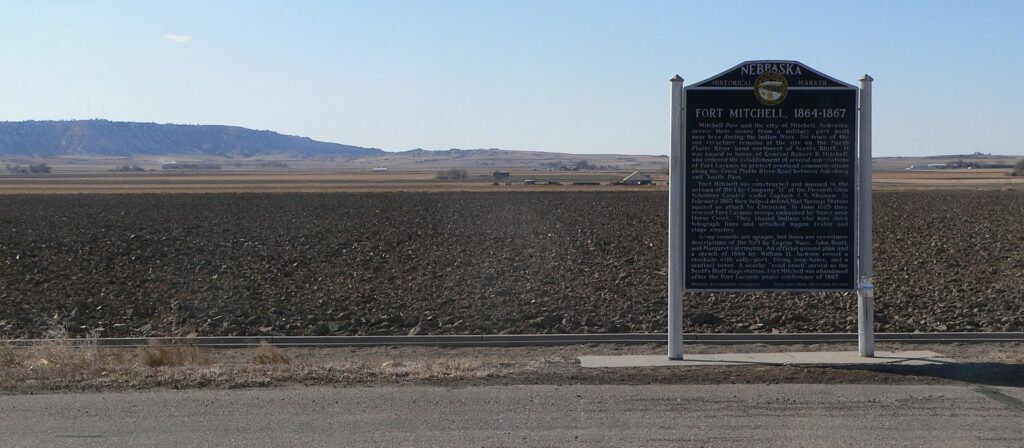
Situated in the vast expanse of what is now Scotts Bluff County, Nebraska, Fort Mitchell stood as a symbol of American military presence in the 1860s.
Established as Camp Shuman to the northwest of the iconic Mitchell Pass, its foundations were laid in 1864. The men behind its creation were from Company “H” of the 11th Ohio Volunteer Cavalry, led by Captain J. S. Shuman.
The fortification was later christened Fort Mitchell, a gesture of respect and homage to General Robert B. Mitchell. Under his directives, this strategic post was created to ensure the safe passage of travelers and merchants journeying along the Great Platte River Road.
This road, stretching between Julesburg and South Pass, was a crucial artery of transport and communication. The fort’s protective umbrella benefited the nearby Scott’s Bluff stage station.
Architectural Features
Though it might seem rudimentary today, Fort Mitchell was a well-thought-out military establishment. Enclosed by a sturdy stockade, it was fortified with a sally port, allowing troops to sort themselves out in defense.
The walls had firing loopholes, enabling the soldiers to effectively counter any hostile approach, while a sentinel tower allowed for a panoramic view of the surrounding terrain, crucial for early threat detection.
Fort Mitchell’s Demise and Legacy
The sands of time and political developments meant Fort Mitchell’s active service was relatively short-lived. The peace conference at Fort Laramie in 1867 ushered in an era of conciliation, leading to the fort’s abandonment.
While the physical remnants of Fort Mitchell have been reclaimed by nature, leaving no trace of the once-sturdy sod structure, its memory endures. The local topography still whispers tales of its bygone era — the Mitchell Pass and the city of Mitchell, Nebraska, both owe their nomenclature to this military bastion.
Today, while Fort Mitchell might have vanished from the landscape, it remains an integral chapter in the tapestry of American westward expansion, a testament to the nation’s endeavors in ensuring safe passage and expansion across its vast frontiers.
10. Fort McPherson
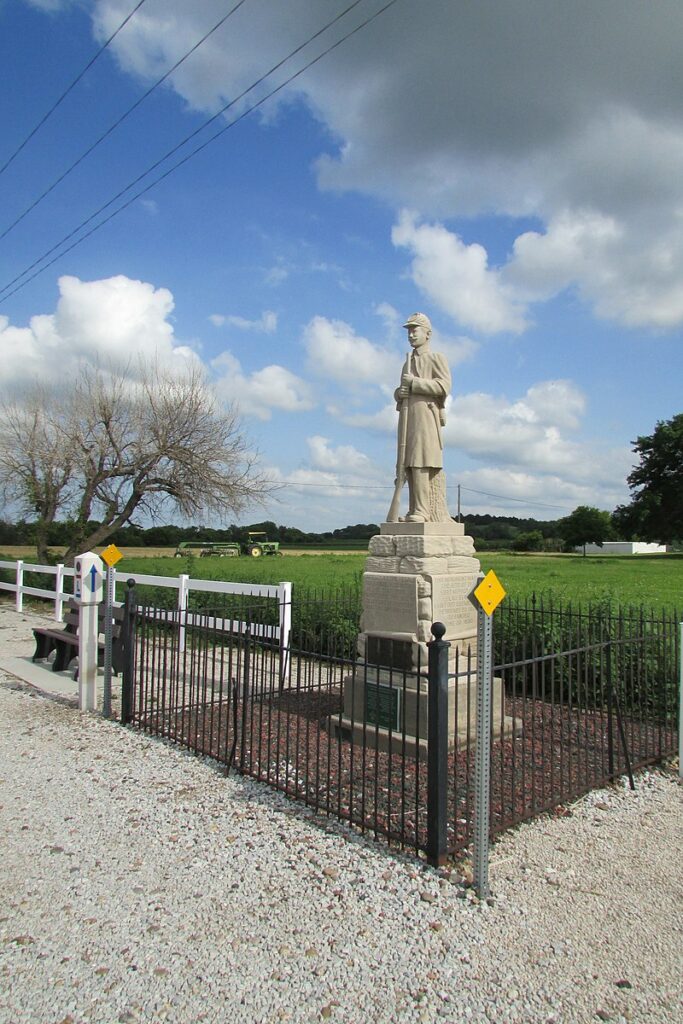
Fort McPherson emerged as a crucial military installation in the Platte River Valley of Nebraska post-Civil War era. Its establishment was a strategic move by the U.S. military in the 1860s to ensure the safety of settlers and travelers making their westward journey.
The overarching purpose of Fort McPherson was multifaceted. It was a bulwark against potential threats, including skirmishes with Native American tribes as territories were being claimed and reshaped. Its presence was also meant to safeguard essential travel routes, ensuring the uninterrupted flow of people and commerce.
Operational Years and Activities
Fort McPherson played a vital role in the Platte River Valley throughout its operational years.
Soldiers there participated in numerous campaigns and patrols, aiming to maintain order and peace in a region marked by frequent tensions and altercations. The fort was a military base and a haven where weary travelers could find respite and security during their long journeys.
Fort McPherson Today
As with many military installations of its time, Fort McPherson changed significance as the dynamics of the American frontier evolved. As tensions reduced and the need for such forts waned, the fort eventually ceased operations.
However, the legacy of Fort McPherson is enduring. Even though its physical structures might have succumbed to the ravages of time, its importance in shaping the history of the American West remains.
The fort is a testament to the U.S. military’s role in aiding westward expansion, ensuring that settlers, traders, and travelers could safely traverse the vast expanse of the frontier.
Today, memories of Fort McPherson continue to inspire and educate those interested in the rich tapestry of American history. It reminds us of a time when the promise of a new life in the West required courage, determination, and many collective efforts to ensure safety and progress.
Conclusion – Historic Forts in Nebraska
With its vast plains and strategic position, Nebraska has always been a crossroads of American history. Its historic forts stand as silent witnesses to a bygone era — an epoch marked by expansion, conflict, and the ceaseless push of a young nation toward the horizon of its destiny.
More than mere stone and timber, these fortifications encapsulate stories of human endurance, aspirations, and the intertwining of various cultures. While the walls of these forts may have eroded with time, their legacies remain undiminished.
They serve as poignant reminders of Nebraska’s pivotal role in the grand narrative of the American West. Today, as we tread the same soil where soldiers once stood guard and pioneers sought refuge, we are beckoned to pause, reflect, honor the past, and draw inspiration for the future.
If you have visited any of these forts, we would love to hear about your experience in the comments section below.

Cory is a website owner and content creator who enjoys fishing, history, coin collecting, and sports, among other hobbies. He is a husband and father of four.
Romans 15:4 For whatever was written in former days was written for our instruction, that through endurance and through the encouragement of the Scriptures we might have hope.

